Diaper ointment or barrier cream, such as petroleum jelly. Good hand hygiene will help prevent the spread of disease. Don't be afraid of gently cleaning around the penis and scrotum. Clean diaper wraps or waterproof pants. Sign up with your email address Submit. We just put the clean diaper here at this point to protect against accidents. At the very least you'll need a few wet rags or wash cloths, a new diaper, and a spare change of baby clothes. Until that time, bookmark this page for the next time you find yourself debating whether to bust out your changing pad. Diaper rash is completely normal. It will dissolve in the washing machine. Additionally, you'll want to cover his penis with a diaper or burp cloth while changing him to prevent getting wet yourself or pee getting on the wall. Pull any bunched up ruffles out of the leg holes..

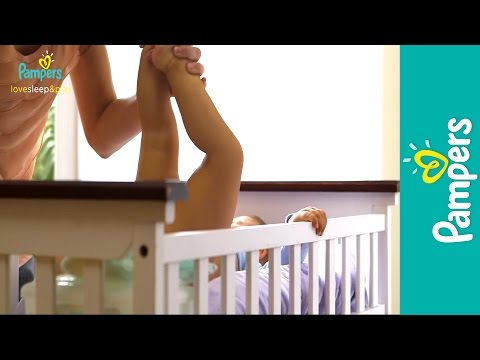
The plastic coating makes clean-up a breeze: just wipe and go. Make sure you have one hand on your baby at all times to keep them from wiggling too far away from you. Posner says. This is especially important if you place your baby on a tall piece of furniture, like a changing table. Some folks rinse or spray the diaper before tossing it into a diaper pail. Diaper changes can happen anywhere: In the car, in a public bathroom, at the beach…you name it.
Top Stories
What to Expect follows strict reporting guidelines and uses only credible sources, such as peer-reviewed studies, academic research institutions and highly respected health organizations. Breast milk is high in protein, which results in acidic urine that encourages the formation of urate crystals. Opens a new window Opens a new window Opens a new window Opens a new window. Ensure that you put the dirty diaper out of the baby's reach. Wipe your baby clean. Read This Next. Co-authored by:. Diapering essentials to have on hand. If you're using cloth diapers , you'll want these on hand. If the diaper is wet, slide the back of the dirty diaper out from under the baby's bottom.
How to Change a Diaper: Step-by-Step How-Tos – Happiest Baby
- Sign up with your email address Submit.
- All Categories.
- For example, if you're using disposable diapers, set up a trash can or odor-sealing canister.
- Using warm water and a cloth or cotton balls during the first few weeks of life can help prevent skin irritation.
- Store the dirty cloth diaper.
Last Updated: January 14, Approved. As the owner of Birthing Babies - A Celebration of Life, Deanna has 19 years of birth doula experience and has assisted with over births. She also has over five years of postpartum doula experience and assists more than ten families. There are 9 references cited in this article, which can be found at the bottom of the page. This article has been viewed , times. Changing diapers is often a source of dread, fear, and humor for new parents and caregivers. Babies and toddlers who are not potty trained need to have their diapers changed every few hours to avoid rashes and discomfort. Create a diaper changing station so you can easily change disposable or cloth diapers at a moment's notice. To change a diaper, start by laying the baby flat on their back on a changing table or a diaper changing pad. You can also carefully lay the baby down on a paper mat on the carpet, or other soft space. If your baby is not on the ground, it is extremely important that you keep one hand on the baby at all times, no matter what happens. Once your hand is in place, open up a diaper and lay the back half of it, with the tabs out, underneath the baby. The diaper should be placed near the baby's waist. Next, unfasten the tabs or velcro on the dirty diaper. Consider covering a newborn boy's genitals with a wipe. Next, gently lift both of the baby's legs by the ankles, and pull the dirty diaper away from their body. While gently holding the baby, run a baby wipe from front to back. If your baby has sensitive skin, try using cotton balls dipped in water instead of wipes. Once the baby is clean, gently place it back down. If needed, apply diaper cream to any red areas using your finger or a q-tip.
Along with these joyful parenting moments come less glamorous chores, of course, such as changing wet and poopy diapers, change of pampers. Your little one may urinate as change of pampers as every one to three hours, and have between two and five bowel movements a day. And there are a few health reasons to consider as well:. Overly wet diapers pieluchomajtki seni fit&dry on too long can contribute to the risk of diaper rash. Leftover bacteria may lead to a bladder infection especially in baby girls. The simplest way to avoid the mess is with frequent diaper changes.
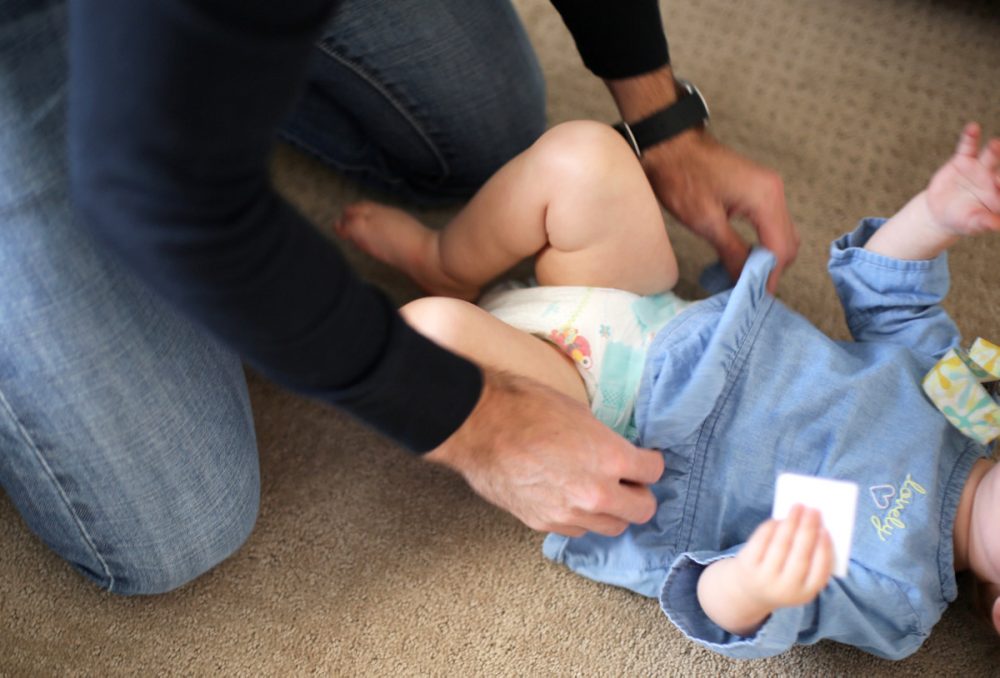
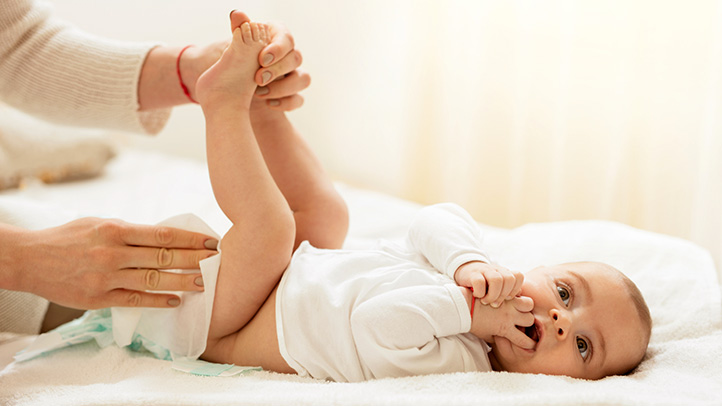
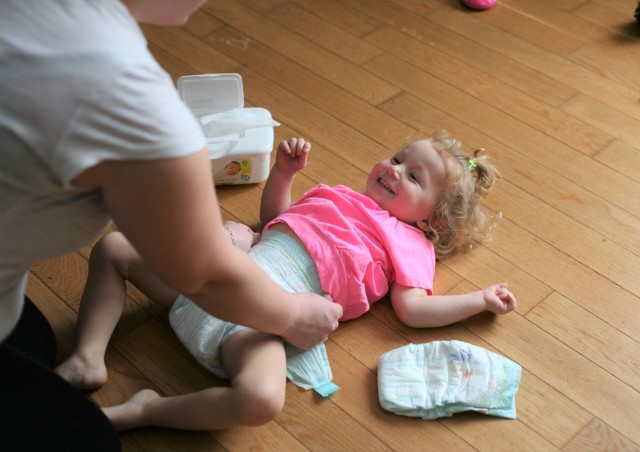
Change of pampers. How to Change a Baby’s Diaper
Because babies need to be changed so often in the first few months times a day! What if your baby is sleeping? What are the rules? In general, newborn babies need to be changed every hours. With pee, things can get a little murkier. Sitting in a soggy diaper for too long can exacerbate change of pampers rashes, change of pampers. Change wet diapers when you notice them, and try to avoid going for longer than three hours in between changes. At night? But perhaps even more importantly, your cognitive functioning will only improve with more sleep. Until that time, bookmark this page for the next time you find yourself debating whether to bust out your changing pad. This article is sponsored by Pampers.
Medical Review Policy
Remove diaper, wipe Baby, put new diaper on. Got that figured out? Welcome to the toddler years, when your tot runs bare-bottomed away from you and their fresh diaper.
To learn more from our Childcare co-author, like how to change cloth diapers, keep change of pampers Make sure the tape tabs are in the back as you slide it under.
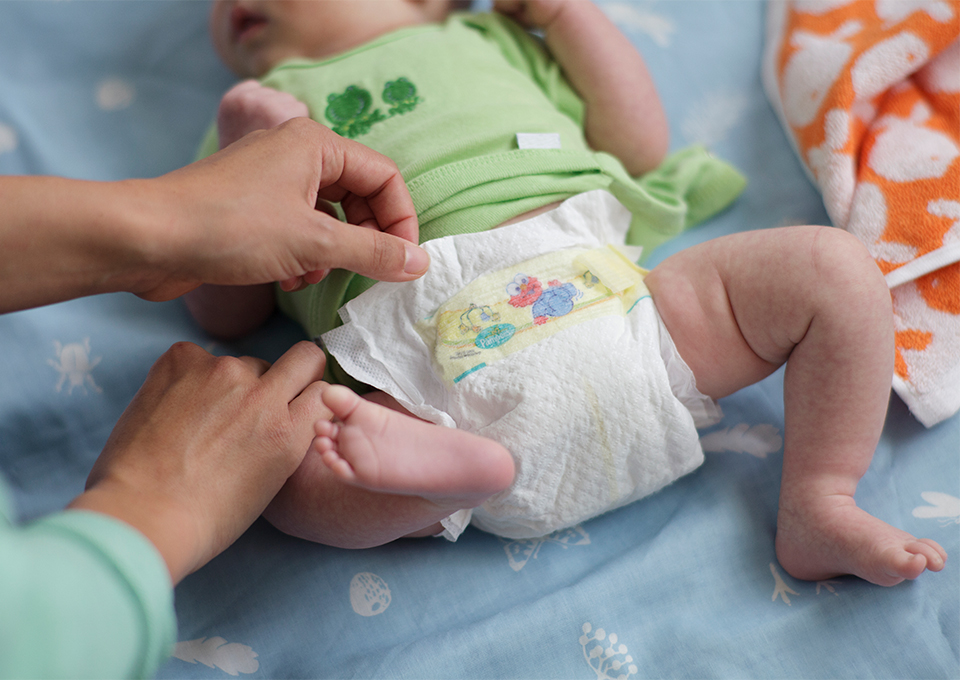
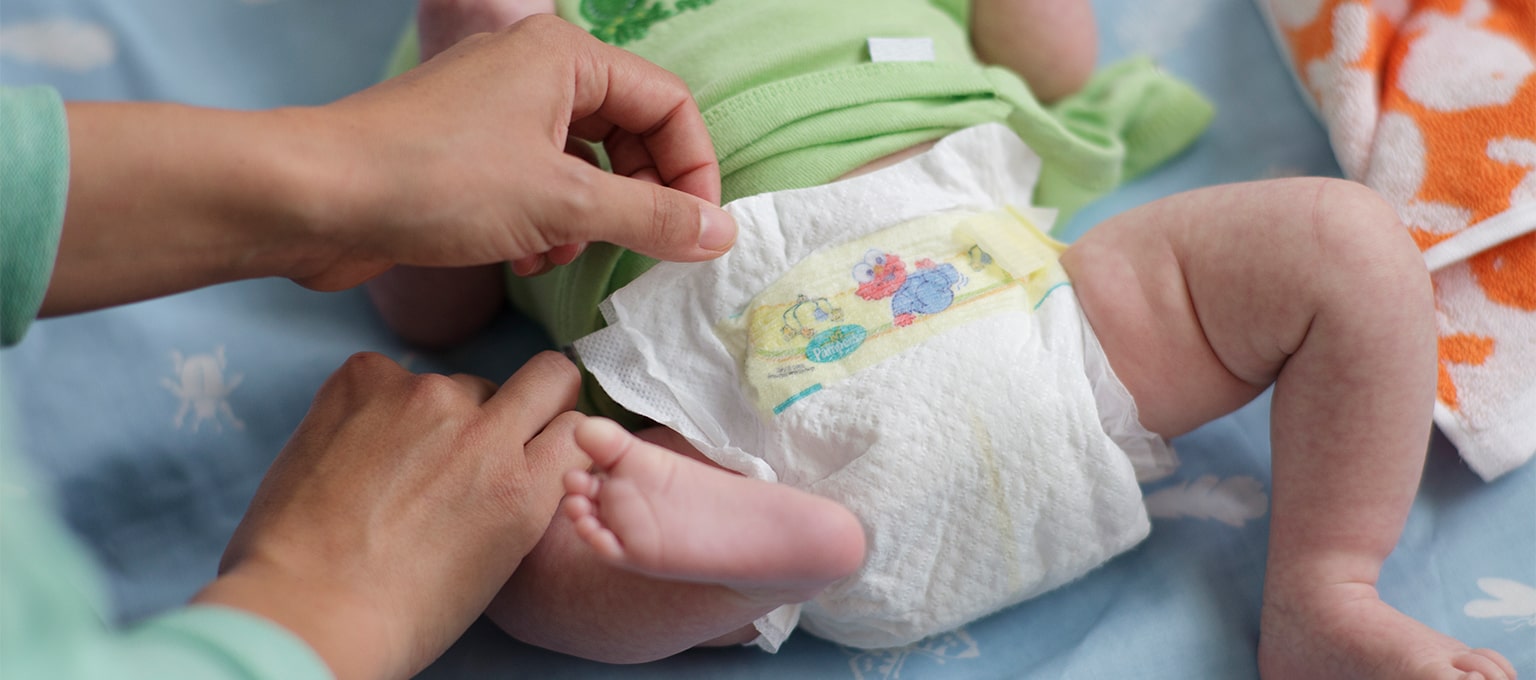
Diaper Change: How to Change a Diaper - Pampers
This topic is simply matchless :), it is pleasant to me.
Matchless topic, it is pleasant to me))))
At all personal send today?